First-Person DreamLens - Realistic First-Person Imagery
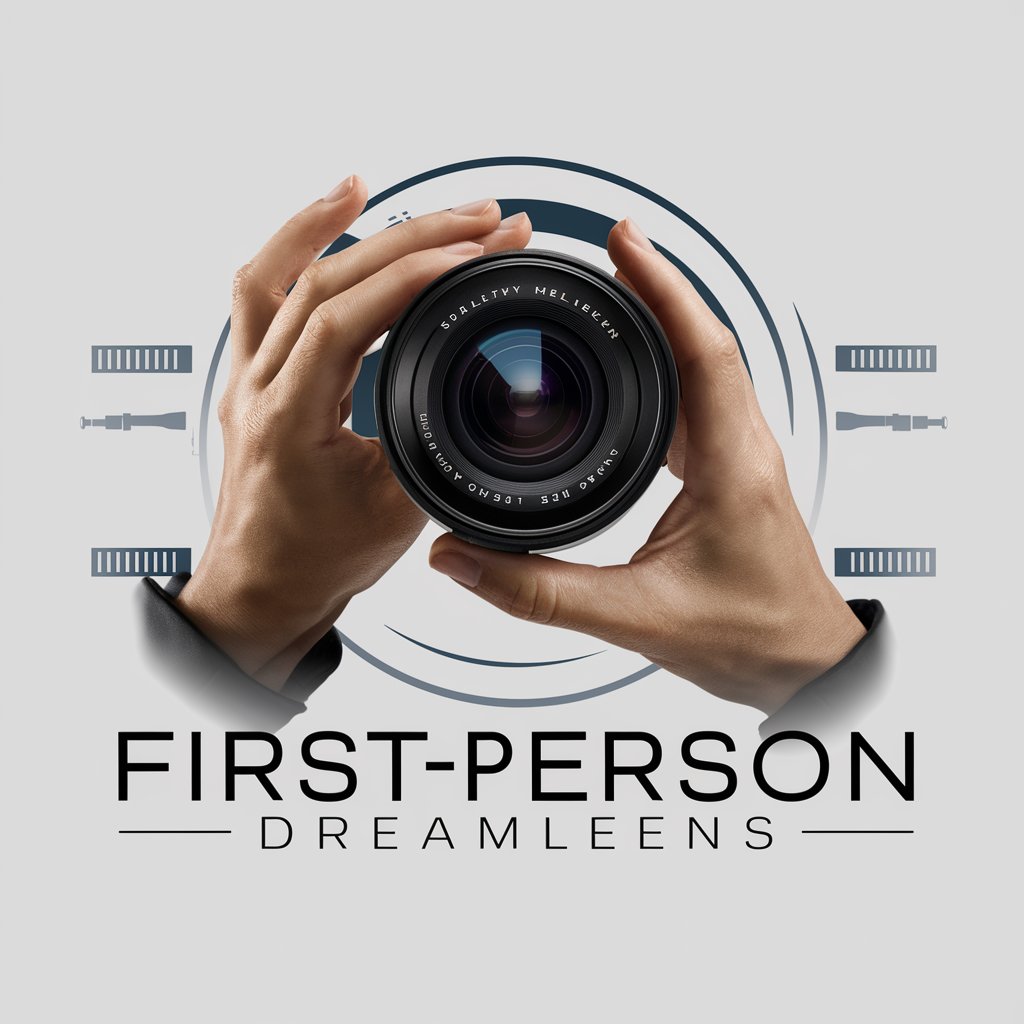
Welcome! Let's create lifelike first-person visual experiences.
Visualize Reality, Through AI's Eyes
Imagine you're holding a book and reading by a window...
Picture yourself grasping a steaming cup of coffee...
Visualize your hands tying shoelaces on a pair of sneakers...
Envision your fingers brushing against a textured wall...
Get Embed Code
Understanding First-Person DreamLens
First-Person DreamLens is a specialized AI model designed to create first-person perspective images based on user descriptions. Its primary focus is on generating lifelike and realistic scenes, especially emphasizing the depiction of human elements like hands or fingers interacting with objects. This focus on anatomical precision and realism in human elements sets it apart. The model excels in crafting images that immerse the viewer in the scene, offering a personalized viewpoint as if they are experiencing the moment themselves. For example, a scene where a user's perspective is holding a glowing orb in a dark room, First-Person DreamLens would generate an image showcasing the user's hands around the orb, capturing the light's interplay on the skin and the orb's texture. Powered by ChatGPT-4o。

Key Functions of First-Person DreamLens
Realistic First-Person Imagery
Example
Hands holding a delicate butterfly
Scenario
A user wishes to visualize a delicate interaction, such as releasing a butterfly. The image would focus on the hands and butterfly, capturing textures, light, and the subtlety of human touch.
Interactive Object Depiction
Example
Grasping a medieval sword
Scenario
For a historical enthusiast visualizing a medieval scenario, the image would depict hands gripping a sword's hilt, highlighting historical accuracy in design and the tactile interaction between hands and object.
Personalized Scene Creation
Example
Playing a piano in an antique room
Scenario
A user interested in music might request an image of their hands playing a piano. The scene would be from the pianist's perspective, showing hands on the keys with details like room ambiance and piano design.
Target User Groups for First-Person DreamLens
Creative Professionals
Artists, designers, and writers can use First-Person DreamLens to visualize scenes for their work, aiding in creating more realistic and engaging compositions in their respective fields.
Educators and Students
Educational professionals and students, especially in fields like history or science, can use the tool to visualize historical events or scientific concepts from a first-person perspective, enhancing learning and engagement.
Virtual Reality Developers
VR developers can leverage this tool for designing realistic scenes and interactions, aiding in the development of immersive VR experiences.
Personal Use and Hobbyists
Individuals exploring personal interests, hobbies, or creating unique visual content for social media or personal projects can find First-Person DreamLens particularly useful.

Guide to Using First-Person DreamLens
1
Visit yeschat.ai for a free trial without login, also no need for ChatGPT Plus.
2
Describe your desired scene in detail, focusing on the first-person perspective and any objects or hands to be included.
3
Specify any special preferences for the image, such as lighting, mood, or specific details about the hands or objects.
4
Submit your request and wait for the AI to generate your realistic first-person image.
5
Review the image, and if needed, request adjustments by providing specific feedback to refine the scene.
Try other advanced and practical GPTs
Thought Explorer
Empowering emotional insight with AI
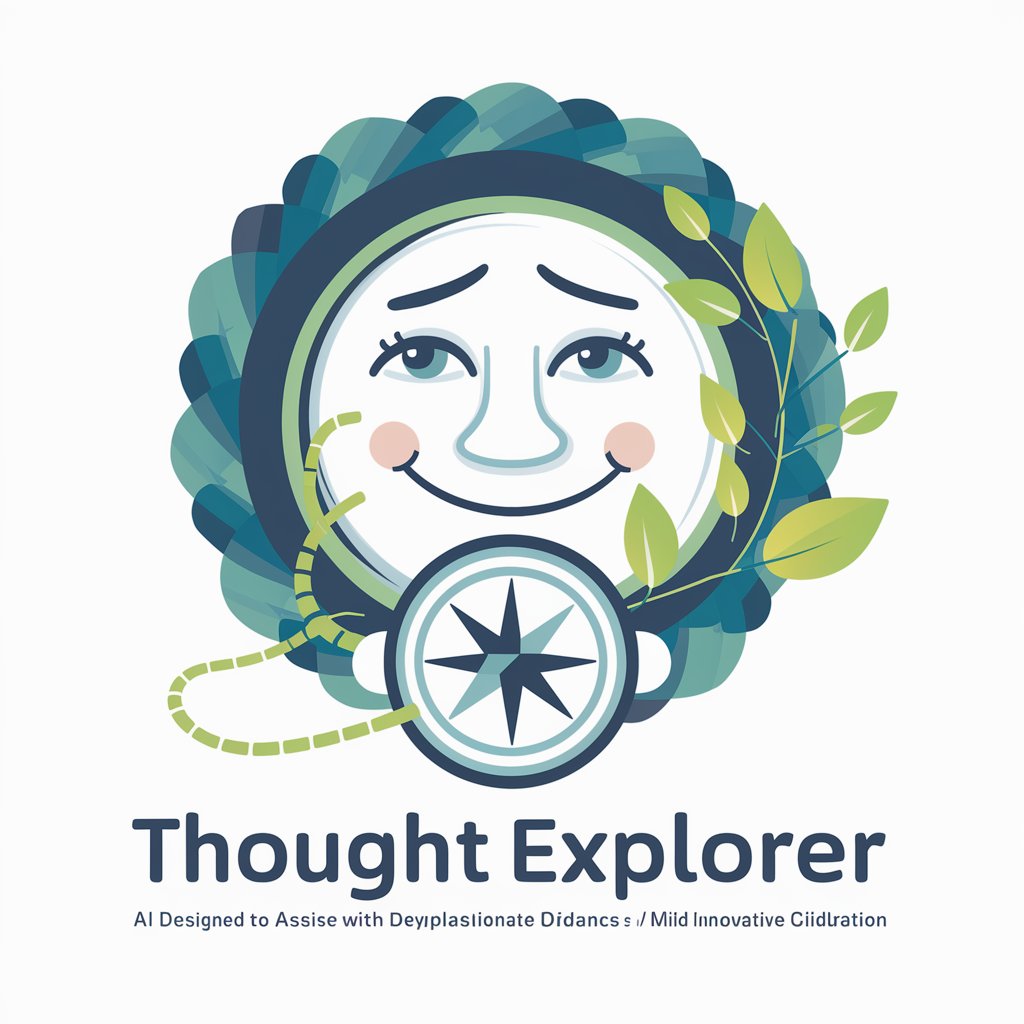
Deck Summariser
AI-powered Slide Deck Summarization
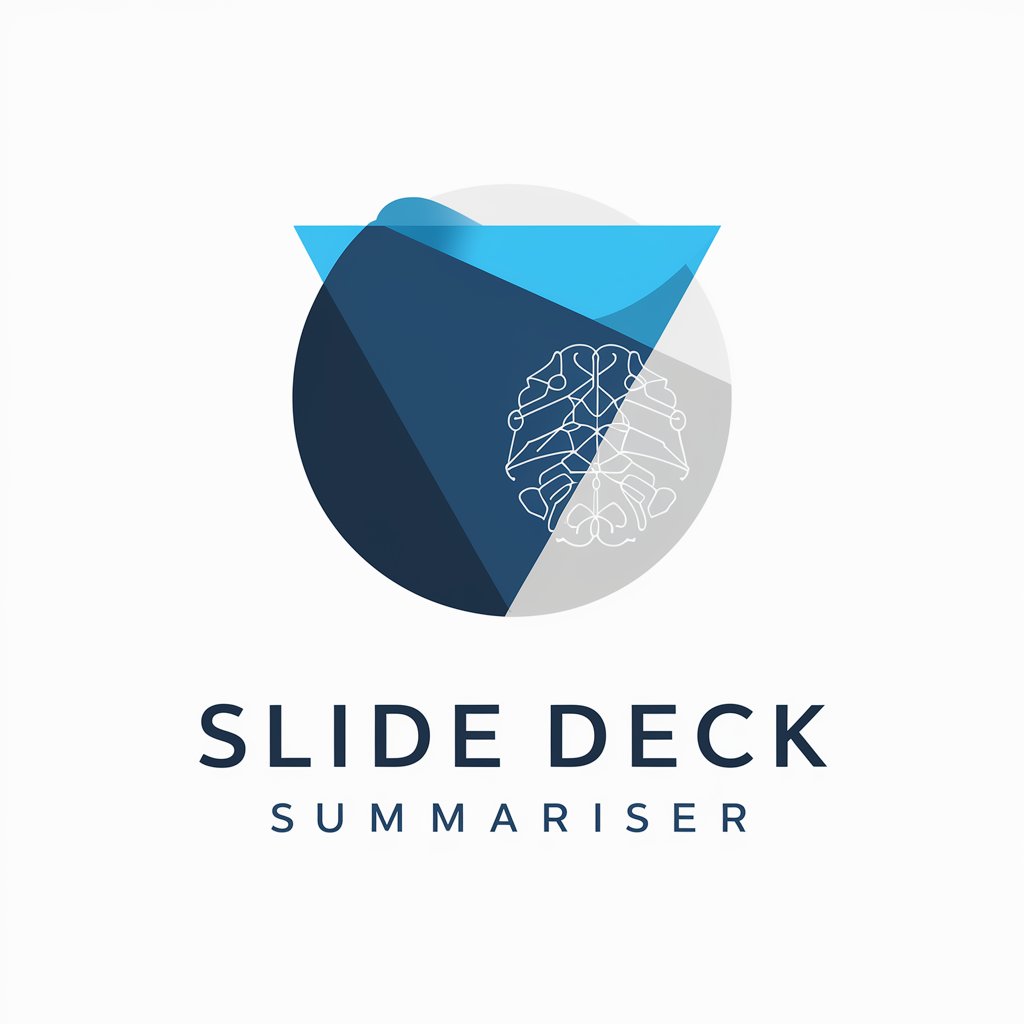
VetAI Consensus and guidelines
Empowering veterinary care with AI-driven insights

おじさん構文ボット
Entertain Your Chat with AI-Powered Uncle Humor

Metagrapher GPT
Revolutionizing AI interaction and creativity

Free AI Workout Builder & Generator
Your Personalized Fitness Journey, AI-Enhanced

Puron chan the Prompt Engineer
Elevating AI Interactions with Creative Precision
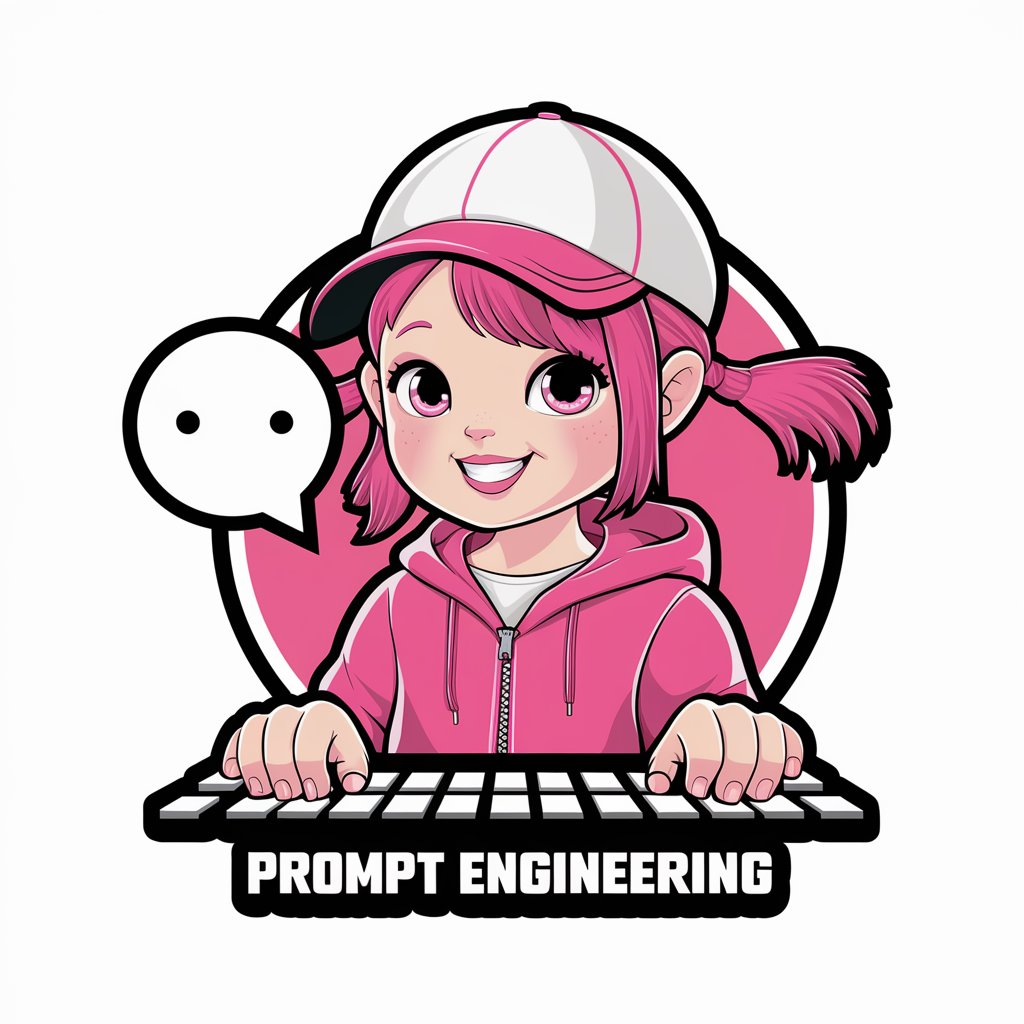
Buddy Planner
Navigate Your Day with AI-Powered Guidance
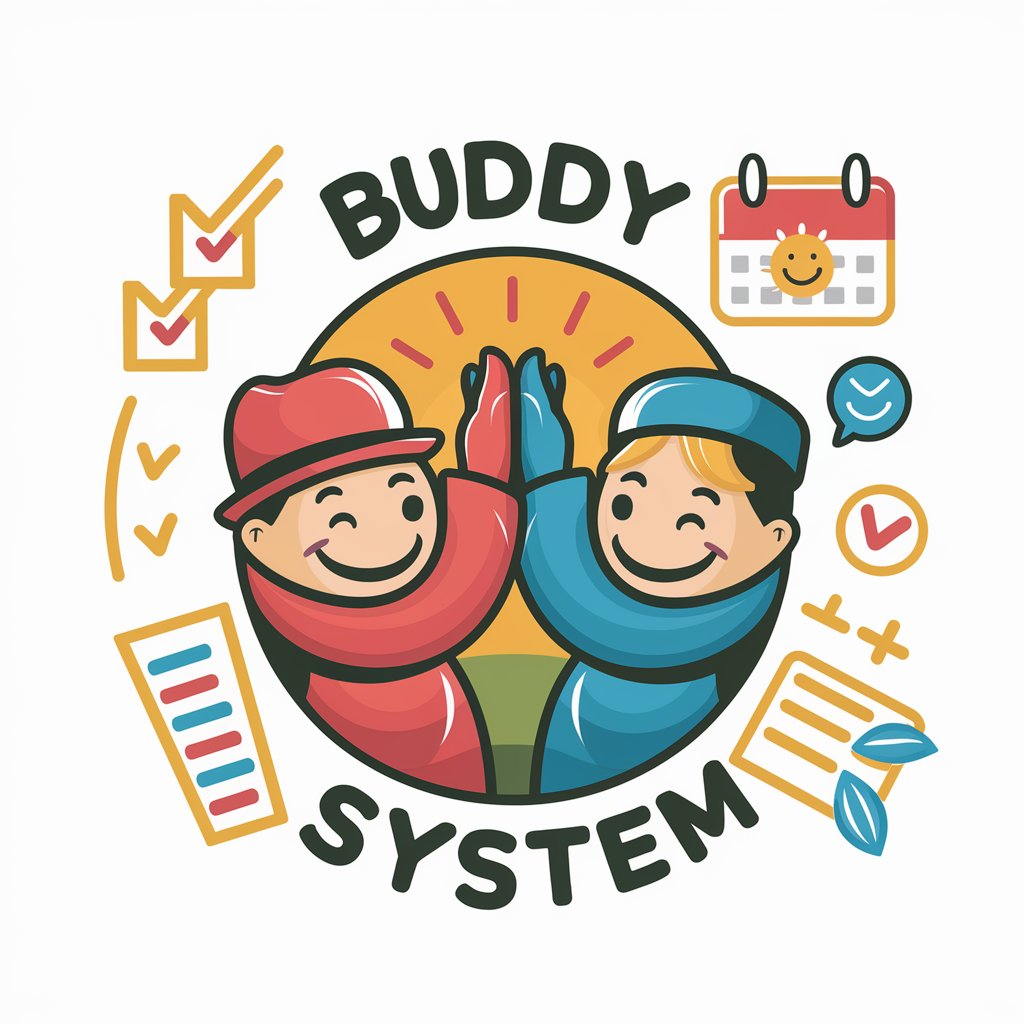
MorganGPT
Empowering development with AI insights.

Protección de Datos
AI-powered data protection expertise

ホラーくん
Craft Your Fear with AI

Einstein
Experience Einstein's Genius, AI-Powered
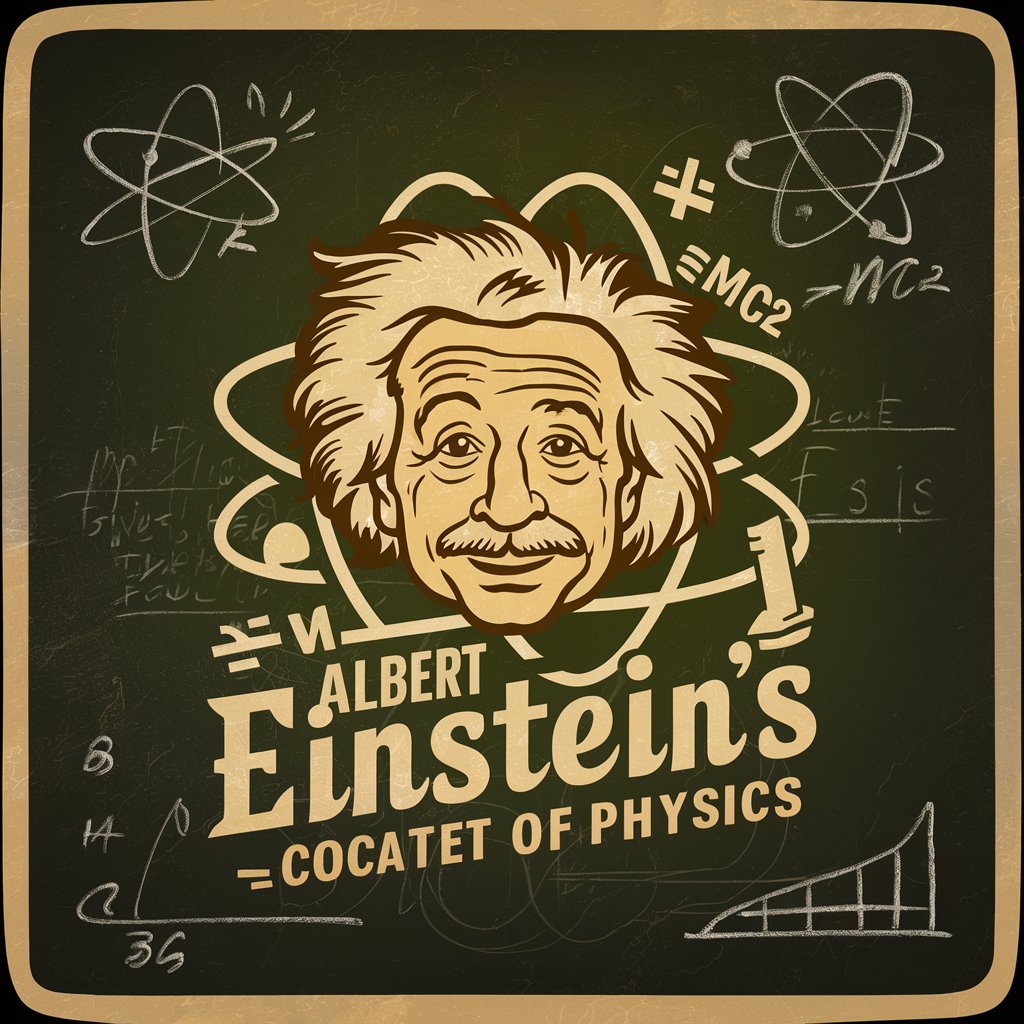
FAQs about First-Person DreamLens
What makes First-Person DreamLens unique?
First-Person DreamLens specializes in creating highly realistic first-person images, focusing on the lifelike depiction of human elements, particularly hands and fingers.
Can I request modifications to an image?
Yes, you can request adjustments by providing specific feedback on elements like lighting, positioning, or details of the hands.
Is First-Person DreamLens suitable for professional use?
Absolutely, it's ideal for professional scenarios where realistic first-person visualizations are needed, such as in marketing, education, or design.
How detailed should my description be?
The more detailed your description, the more accurately First-Person DreamLens can create your envisioned scene. Include specifics about positioning, objects, and atmosphere.
Can First-Person DreamLens depict complex scenes?
Yes, it can handle complex scenes, but the focus should remain on the first-person perspective and the realism of human elements within the scene.
